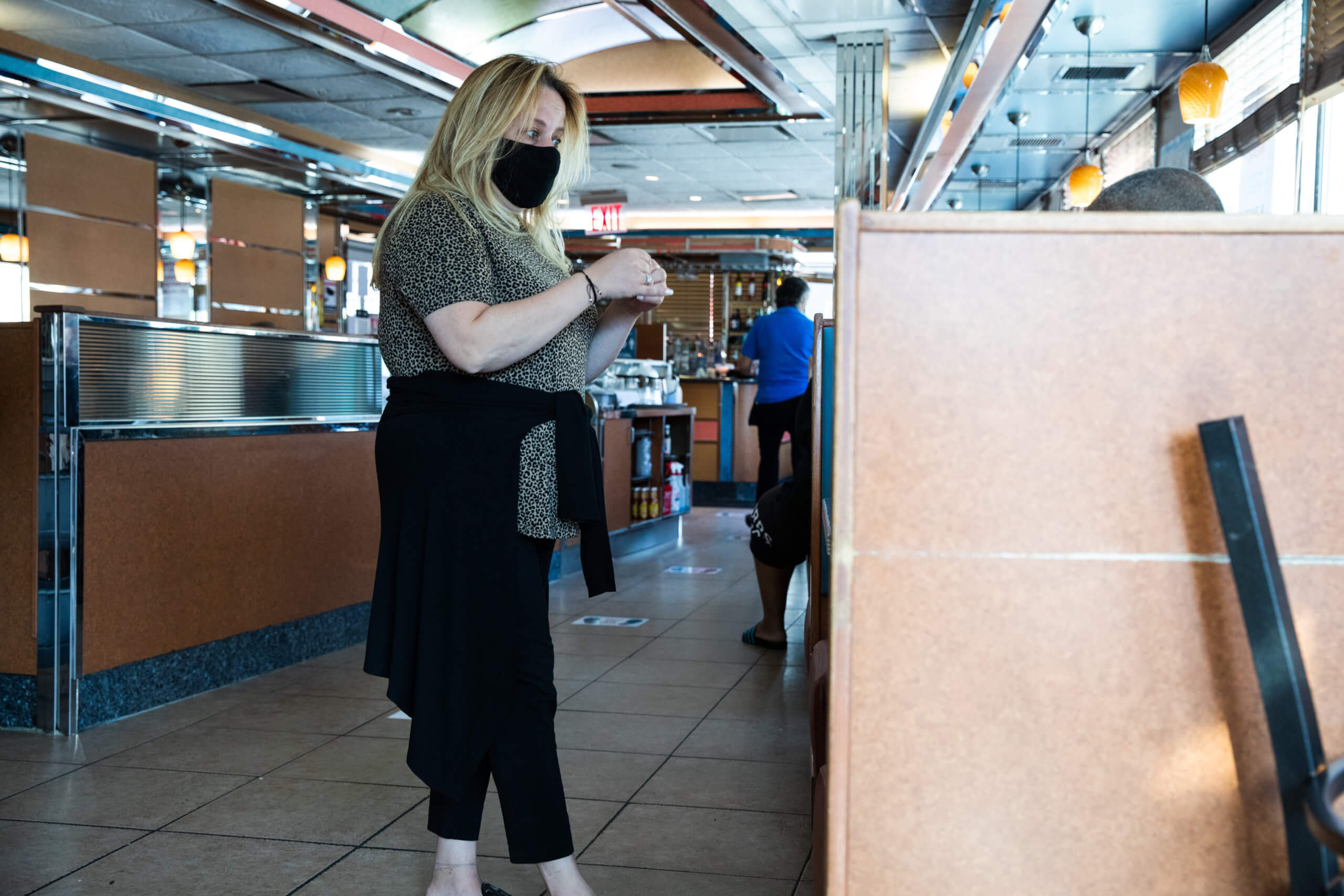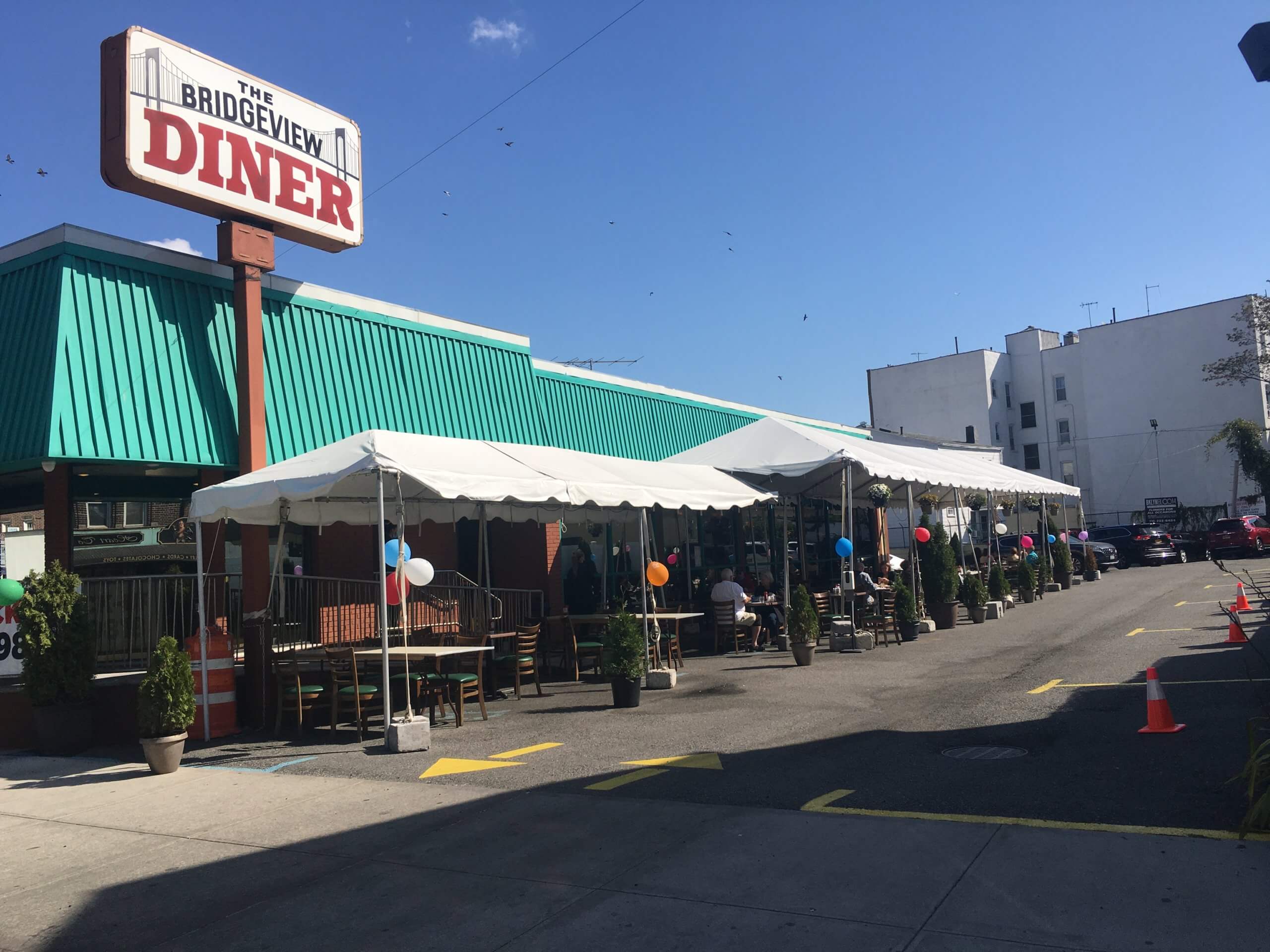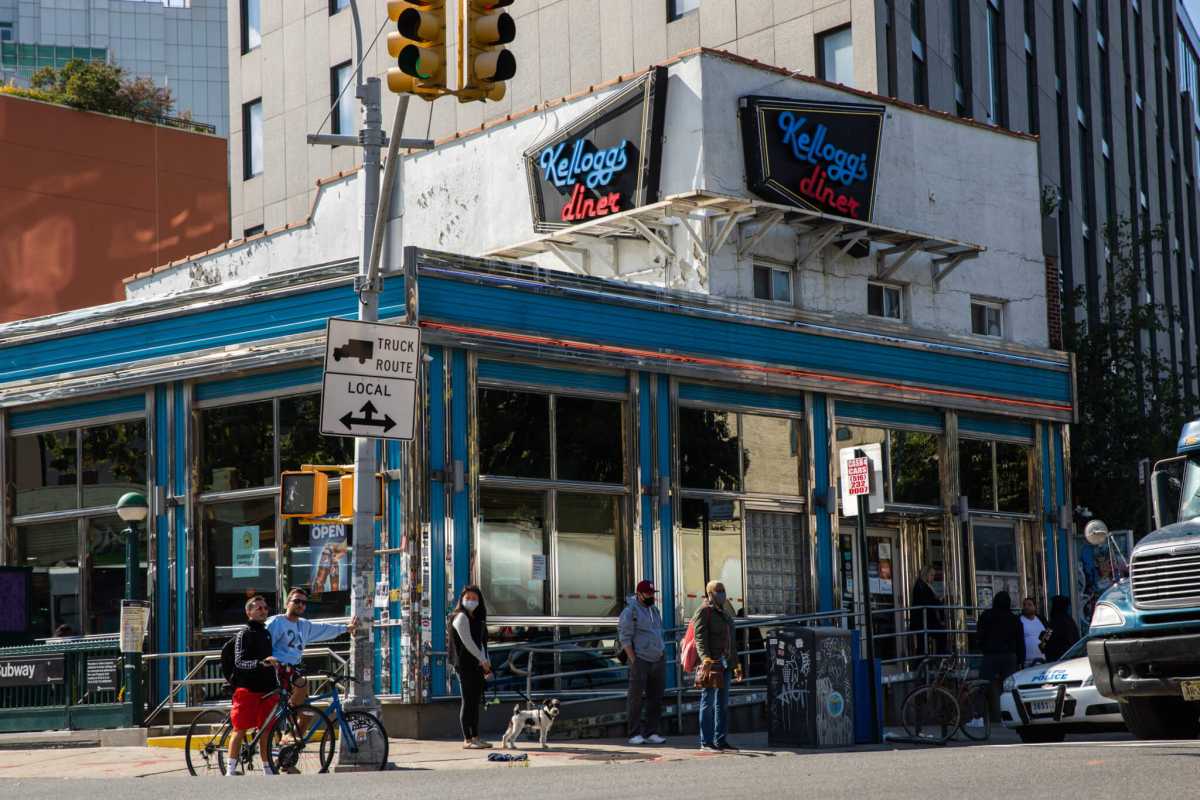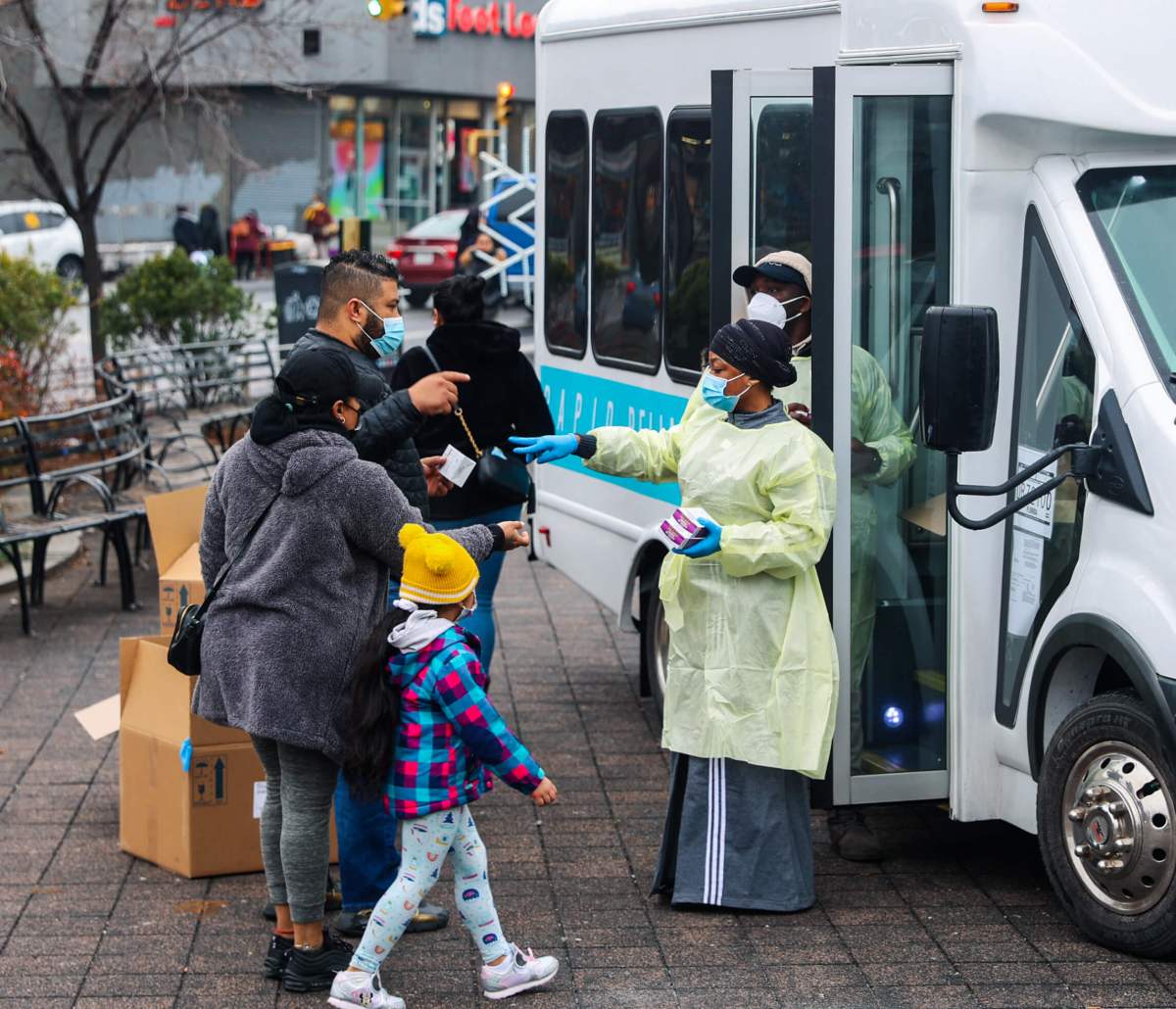The coronavirus pandemic has brought Brooklyn diners to a breaking point, forcing several of the borough’s classic greasy spoons to permanently shutter, and leaving many others facing steep financial challenges.
“I will have to file for bankruptcy, there’s no doubt,” said Irene Siderakis, the owner of Kellogg’s Diner in Williamsburg. “If I don’t see any green light fast, things are not going to go well for me.”
The decades-old eatery at Metropolitan and Union avenues — whose troubles were first reported by PIX11 News — has struggled to make up for heavy losses accrued during long stretches of operating during government-mandated shutdown orders, and Siderakis herself suffering from a bad bout of the bug earlier this year that put the diner completely out of commission for weeks.
“I was lifeless on a couch,” the restaurateur said.

Indoor dining resumed across the five boroughs on Sept. 30 for the first time since March with several safety precautions, such as a quarter-capacity limit, temperature checks, and spacing tables six feet apart — which gave some hope to businesses in limbo that they could see a possible revenue bump.
Yet, pre-COVID, Kellogg’s relied heavily on the nocturnal crowd spilling out from nearby bars or the G and L trains for a late-night nosh, but having to close at midnight due to state regulations cuts into the core of her business, said Siderakis.
“Our overnight was the heart and soul of this diner,” she said. “Why can’t we open at night, does corona bite you at night?”
The general manager of another hash haven down in Bay Ridge said the limited hours wiped out his crack-o’-dawn customers who used to grab a bite before work.
“We want to be [open 24-7] because we have a good breakfast and lunch crowd,” said John Singh, who runs Bridgeview Diner on Third Avenue.
Diners were a dying breed well before the virus hit the city due to increasing rents and developers offering enticingly large sums to buy their property and air rights, leading some fans to document the surviving chrome-plated palaces online.
The devastating effects of the pandemic have only accelerated their decline, with longtime neighborhood favorites dropping like flies, such as Carroll Gardens Classic Diner in Boerum Hill, Dizzy’s in Park Slope, and the Floridian in Flatlands.
While restaurants and other small businesses have suffered from COVID-induced shortfalls across the board, parts of what make diners special have become their Achilles heel, according to a borough business guru.
“There’s some of these unique aspects that have impacted the diners disproportionately,” said Brooklyn Chamber of Commerce President Randy Peers.
In a recent survey by the Chamber, of the restaurants who self-identified as diners, 63 percent said they were down in revenue between 15 and 50 percent from January through August, compared to the same timeframe last year — which is even more than the 55 percent of all restaurants who made the same claim.
The often family-owned operations rely on dishing up various kinds of comfort food at all hours of day, meaning they have to maintain a lot more goods in stock than more specialized restaurants.
“Diners offer anything under the sun. If you want to get oatmeal at midnight you can, if you want to get a steak in the morning you can,” Peers said.
Reconfiguring her menus alone will cost Siderakis thousands of dollars by the end of the year, from adjusting prices due to early-outbreak food shortages to buying disposable paper menus to adhere to city health guidelines.
“Something that used to cost me $3,000 is going to cost me $6,000 in a year,” she said.
Singh said his southern Brooklyn staple pivoted to their reduced take-out menu and are not offering any chef specials.
In addition to the cutbacks, the mom-and-pop shops can’t dip into funds as easily as larger businesses or chains, according to one city restaurant expert.
“Many diners are family-owned, they don’t have cash reserves or corporations backing them up,” said Andrew Rigie, the executive director of the New York City Hospitality Alliance.
Rigie noted that the nostalgic feel of the booths and countertops that draw many regulars to diners also doesn’t work as well with tables and chairs on the sidewalk.
“Many people go to diners because they enjoy the coziness and familiarity and that doesn’t always translate to outdoor dining,” he said.
Siderakis decided to set up a small outdoor dining area at the side of the building where her dumpsters used to be, saying the busy roadways around her business were too dangerous to let customers eat cheek-to-jowl with car traffic.
“I can’t put it on that intersection — would you put your family on that corner? I see accidents in front of me every day,” she said.
At Bridgeview, Singh and his employees were lucky to have plenty of space in their parking lot to set up a tent with 25-30 tables, which has been a major boon during the warmer months.
“Sometimes we get a full house, thank God,” he said.

The owner of Parkway Diner, a 45-year mainstay on 13th Avenue in Dyker Heights, said she installed plexiglass between booths in order to provide a safer and less weather-dependent option than their al-fresco setup.
“We didn’t have anything before because we’re an old-school diner, but I’m trying to keep up with the guidelines and make people [feel] safer about coming inside,” said Elizabeth Pristouris. “We have three or four folding tables we can put outside if it’s a nice day, but yesterday the big winds took my canopy!”
The business owners agreed that 25 percent indoor dining won’t be enough to hold them over as the colder months approach and the state has started reintroducing forced closures due to worrying COVID spikes in multiple Brooklyn and Queens neighborhoods.
“If up to December it doesn’t come right, January [and] February will be very slow — those months are very very hard months to survive, I don’t think anybody can take it that long,” said Singh.
“It’s just upsetting because [the clusters] affect the city, and the whole state. It’s just not fair,” added Pristouris. “People just want things to go back to normal — and we’re all hoping for the same thing.”
Peers called on Washington to stop politicking and provide more relief to businesses.
“Congress needs to act and the fact that any type of aid package has staled in congress is unconscionable,” he said. “If we lost [diners] it would be a huge blow to the culture and the greatness of this borough and New York City, they’re just part of our fabric.”
Additional reporting by Meaghan McGoldrick. This story first appeared on our sister publication brooklynpaper.com.




































